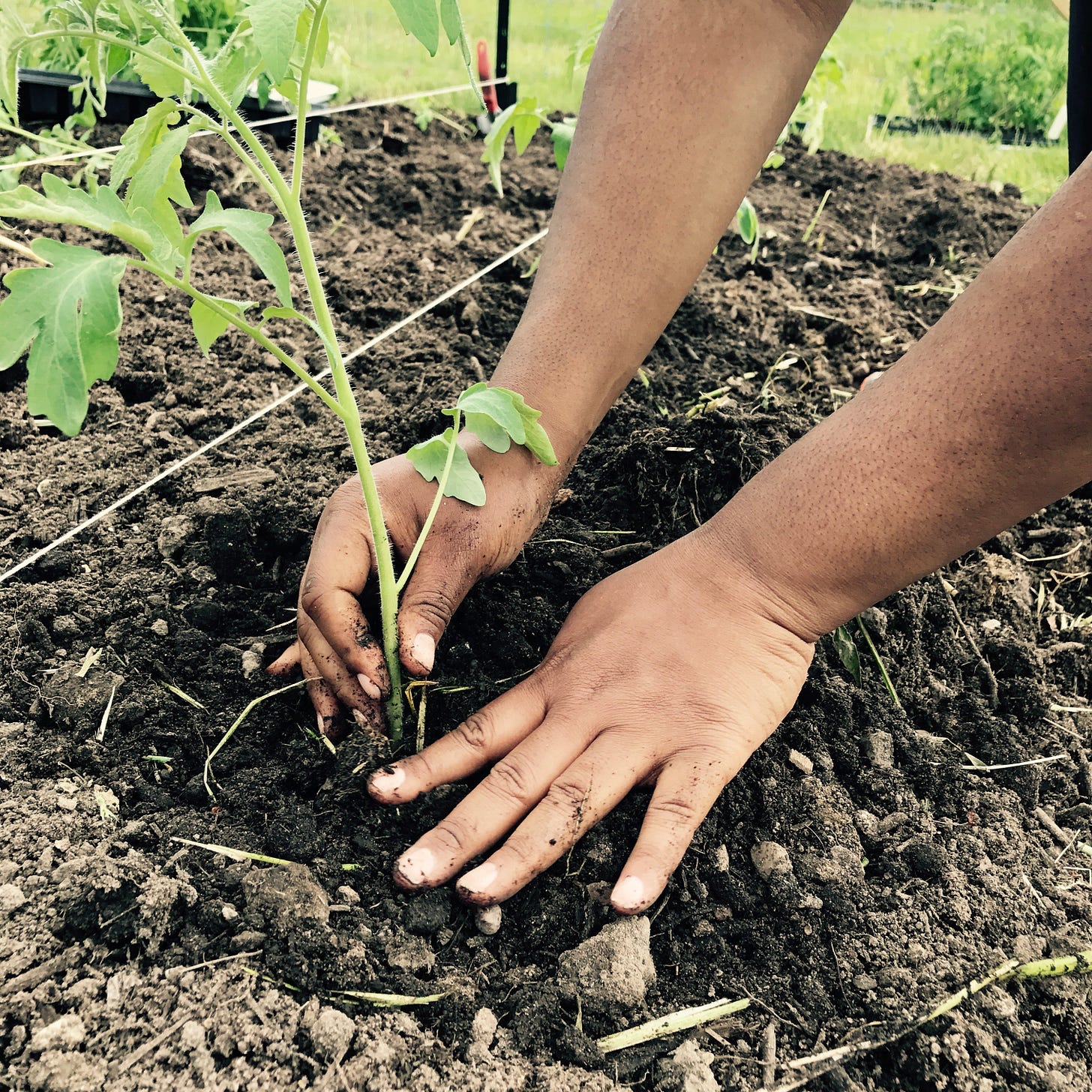If you’re like me, you’ve already blown your New Year’s Resolution. At least this year, it hasn’t been a surprise: I’m 32, and I’m not sure I’ve ever kept a New Year’s Resolution.
This year, I wanted to train more intentionally for rock climbing. I started the hobby last year, and need to develop more specific kinds of strength and endurance if I want to improve. Well, that resolution isn’t going super well. I’ve been to the gym a few times, sure, but I’ve had a few more winter porters and pub burgers and done a few less pull ups than my training regimen specifies.
Which leads me to wonder: why is it so hard to keep resolutions? Is it because I set unrealistic goals? (Kinda?) Do I have crummy self-control? (Definitely a factor!) Or is there something wrong in how I approach resolutions, goals, and change?
I do not do what I want to do
A brief digression: I went to graduate school at Princeton Theological Seminary. If you’re not familiar with what seminary is, it means I was trained to work in the church. I care deeply about helping people live healthily and fully, especially in community with God and the earth and each other, and seminary was a fantastic place for me to explore those interests.
I took a class called “Spiritual Formation” in my first semester. I was interested in learning what thousands of years of Christian tradition had to say about how people can grow and change. What I learned is that, well, frankly, a lot of us struggle with sticking to resolutions. Whether in monasteries or universities or using a Rule of Life or praying the hours, it’s hard to marshall the will in a common and consistent direction over long periods of time. The Apostle Paul, in Romans 7:15-20, writes:
I do not understand what I do. For what I want to do I do not do, but what I hate I do. … For I have the desire to do what is good, but I cannot carry it out. For I do not do the good I want to do, but the evil I do not want to do—this I keep on doing.
You really don’t need to care about the Bible to catch Paul’s point, and if you do care about the Bible, then there’s a lot more to be said about this than I can articulate here, so let me just reiterate my basic point: it’s HARD to set our minds on a new way of living, commit to pursuing it, and then follow through over the long haul. Most of us fail. And it seems like it’s been a problem for humans for thousands of years. The Year may be New, but the Resolutions still seem to collapse — every time.
As the traditional bards of millennial ennui — Death Cab For Cutie — sang:
So this is the new year
And I don’t feel any different
Trellis resolutions
One thing I’ve noticed, however, is that there are other ways to get to those different outcomes than just changing my mindset or setting new rules. One thing that’s helped me is changing my environment. If it’s this hard to change what’s inside you, maybe try leveraging what’s outside and around you? In other words, finding a trellis for my habits to grow in a different direction.
For example: Vines. Vines try to climb up whatever surface gives them support towards the sun. As a gardener, it’s not enough to give vines water and sunlight — they need a trellis, a simple structure along which they can reach skyward.

As I think about my work as a realtor, I’ve been realizing that choosing where to live is very much like choosing a trellis for your life. It’s a different way to approach the same question that New Year’s Resolutions ask us to consider: how can we change our behavior to live a healthier, more intentional life? Much like how trellises give vines a structure which helps them grow in the right direction, our home environments and our neighborhoods also point our habits and practices in a direction.
So for my resolution of training for rock climbing, the biggest obstacle is that it’s cold outside and I don’t want to walk, jog, bike, or drive the 0.8 miles to the climbing gym. It’s a lovely trip in the summer, but winter in Philadelphia is just unpleasant enough that I’d rather stay home and watch more White Lotus on my couch with my corgi. My solution to this has been to hang a hangboard in a central location of my house (in the hallway at the top of the stairs). Now I do a few pullups every time I walk by — that has made a difference! My fingers and arms and back are already feeling sturdier.
Ok, fine, rock climbing is one thing, and fairly small, but what about more important or significant habits or practices?
Home as trellis
A few years ago, when my wife and I were deciding where we wanted to buy a house, we looked at options all over the Riverwards of Philadelphia (Port Richmond, Kensington, Fishtown). We ended up choosing a house on the same block as a few other friends who had recently bought homes. And let me tell you, boy did that make all the difference in the world! By the simple fact that we live on the same block as these friends, our friendships have grown closer. Our proximity to these friends and the way our block is designed has been like a “trellis” for our relationships. It has made it easy to grow together in a certain direction. Every time we walk or bike or drive down our block, we are reminded of these friends. We have backyard firepits and weeknight dinners together routinely. Our dogs hang out together. We play DnD together. All of these things are certainly possible if we didn’t live so close together, but they’re so much easier because we do. It’s almost like our housing arrangement wants us to be friends, even if we are forgetful and distractible people. Much like how trellises want vines to grow skyward even though they don’t have the strength on their own.
I’m not saying that making New Years Resolutions is a waste of time, but I’m increasingly convinced that the process of choosing where to live or designing what our environment is like is at least as powerful as the rules or boundaries we set for ourselves. It’s important to find the right “trellis” for how you want your habits or practices to grow. Finding the right home can be a part of that! Changing the design of your home can be a part of that!
It’s also worth mentioning that not only can our home environments point us towards healthier living, they can also point us in the wrong direction. This is the idea behind terms like “food deserts” or “food swamps:” neighborhoods where it’s easier to eat unhealthily than it is to eat well.
I’m not describing something particularly confusing, but it’s still hard to pay attention to. Even if this approach to where and how we live is easy to understand, it can be hard to actually practice. As one of my favorite quotes goes: the gap between theory and practice is smaller in theory than in practice.
But I LOVE talking about and working on this stuff with my clients. If you want, email or message me to set up a consultation! Whatever your living situation, if you’re on the move, I’d love to help you process your pivotal decision using frameworks like the one I’ve described here.
Rules aren’t the only way we can change our habits — remember the trellis!















Share this post